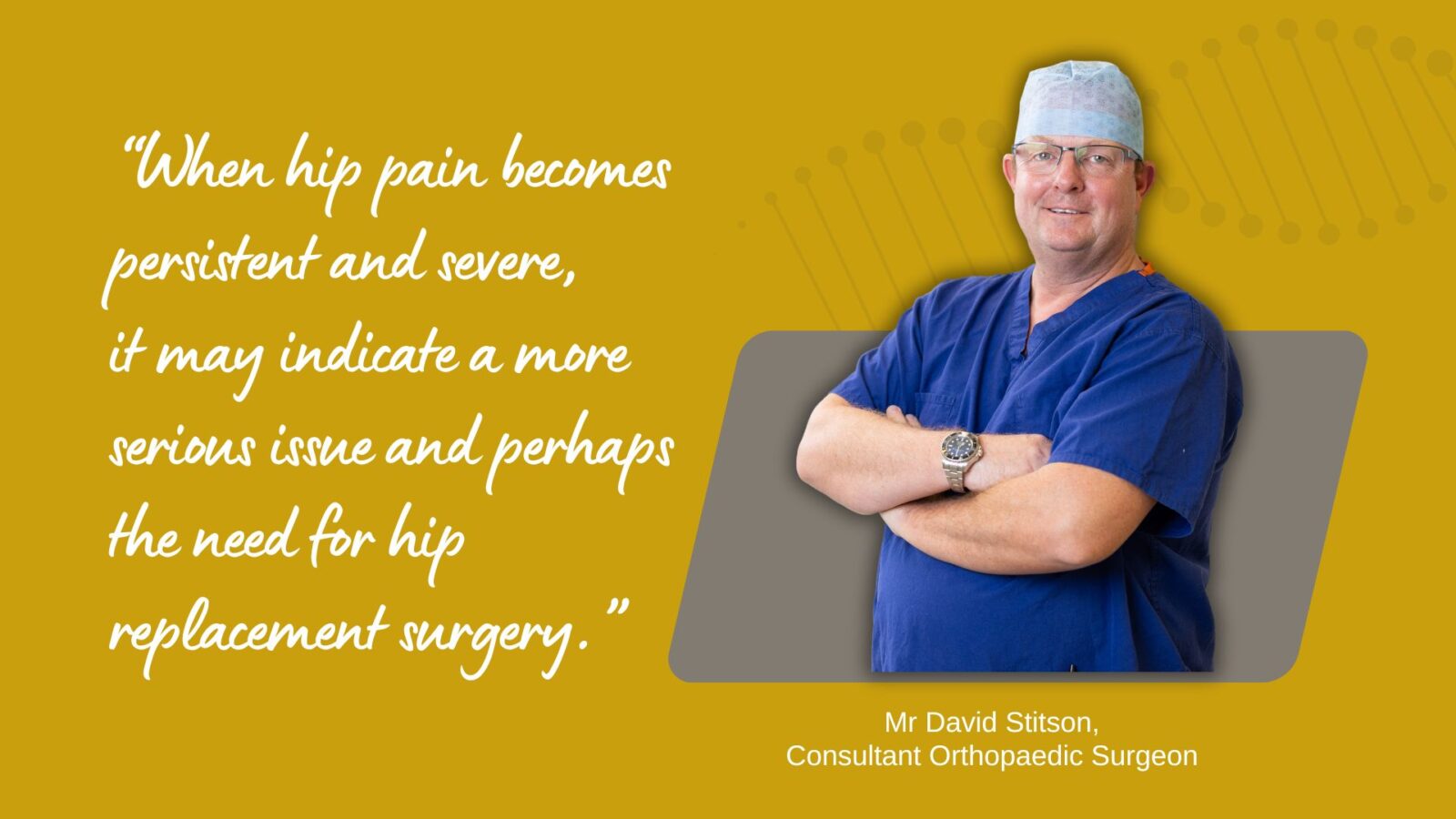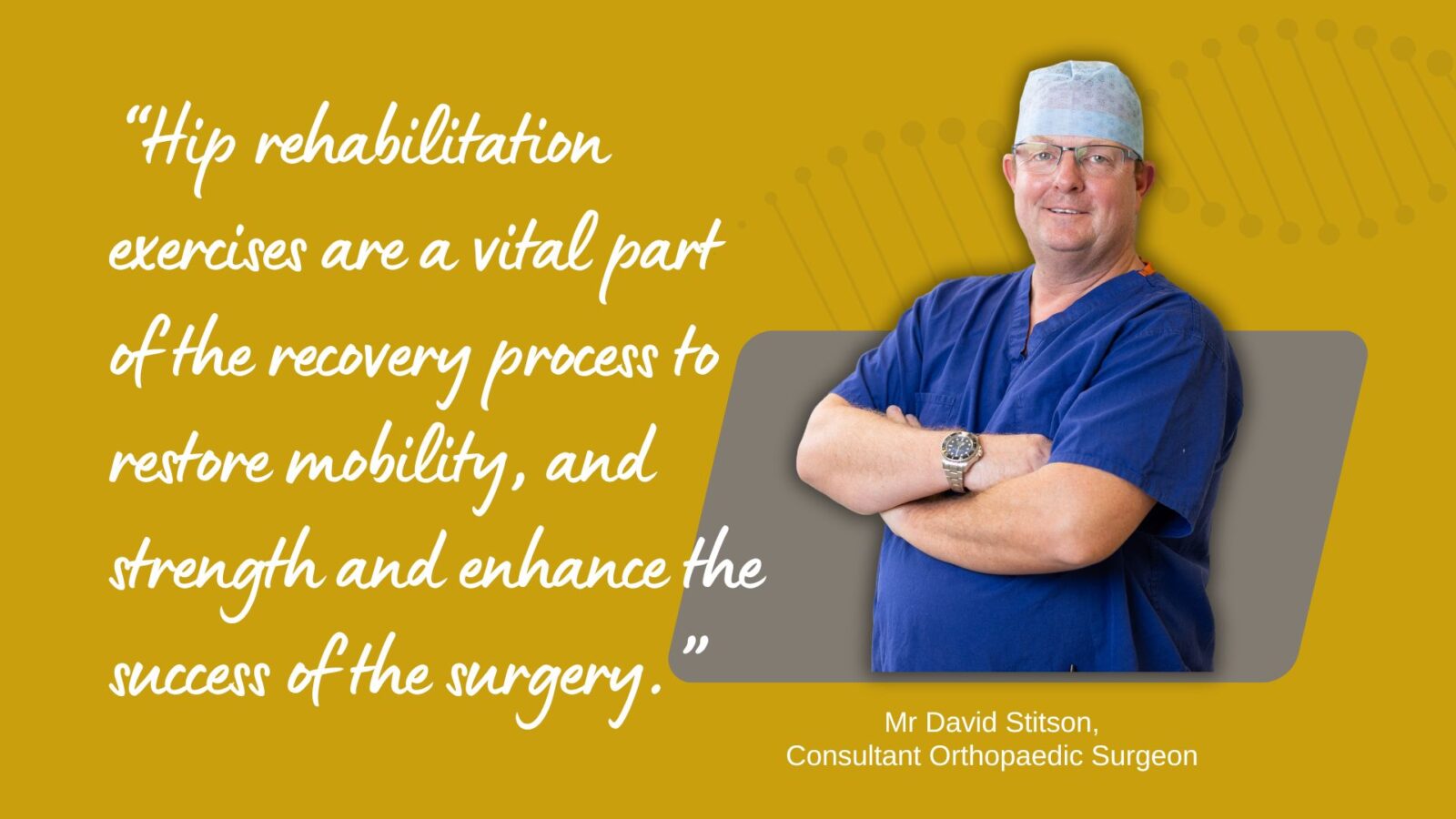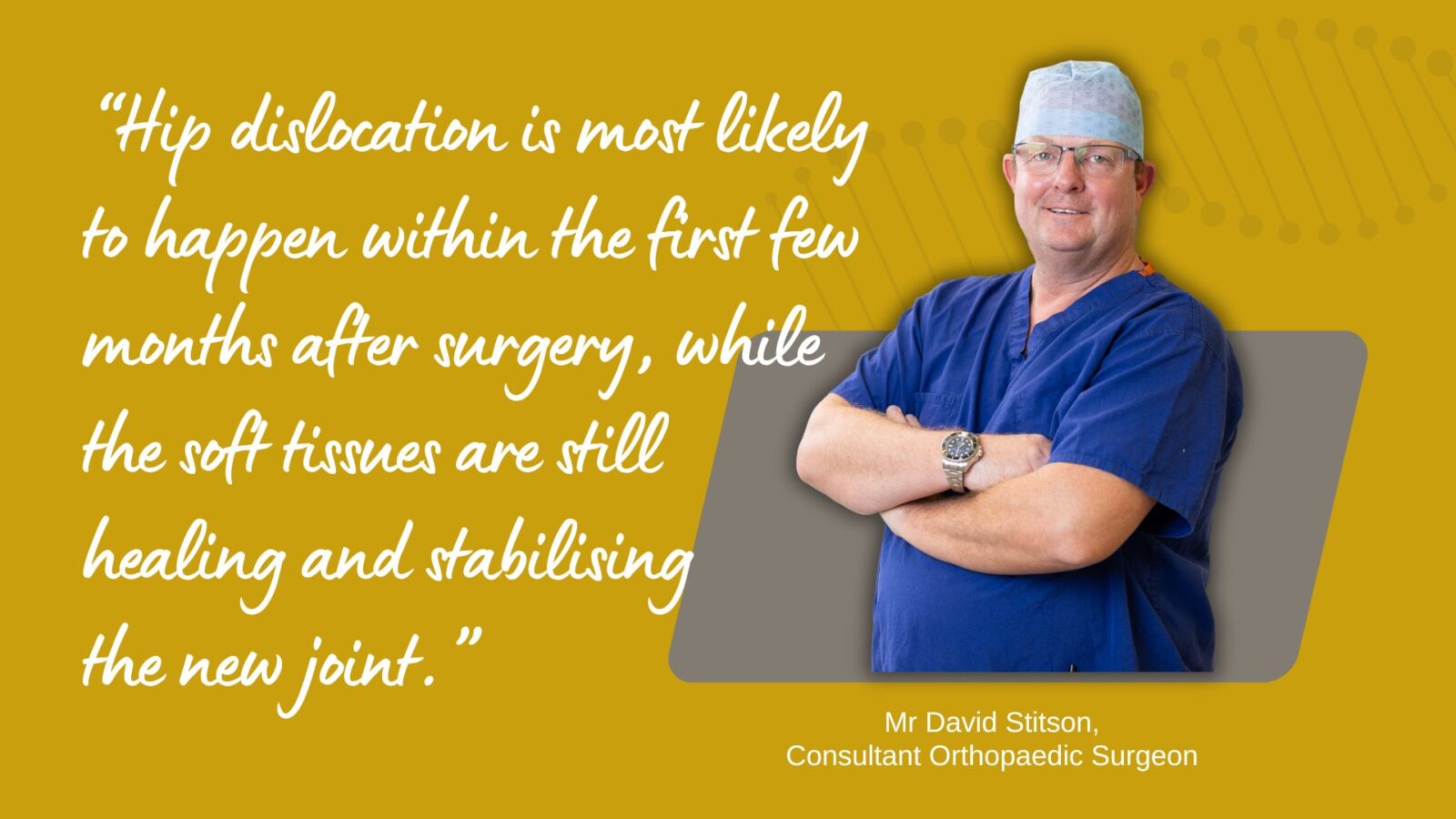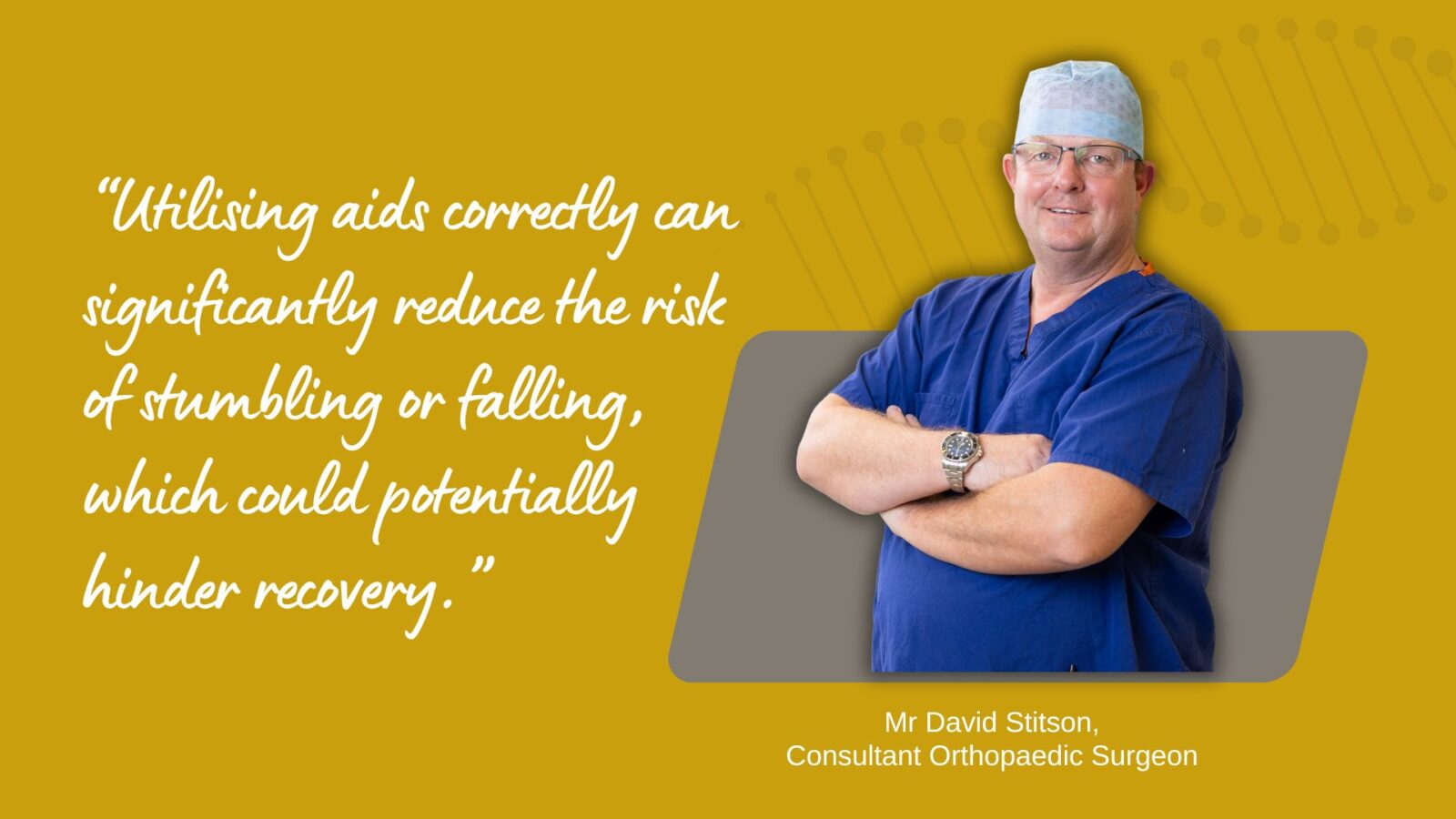Undergoing a hip replacement can significantly enhance mobility and reduce pain for those suffering from hip joint issues.
However, like any surgical procedure, it carries potential risks, including the possibility of dislocation. A hip replacement dislocation occurs when the replacement joint pops out of the joint, causing discomfort and requiring medical intervention.
Contents
ToggleUnderstanding the causes and preventive measures can help mitigate this risk and ensure a smoother recovery. In this blog, we explore the factors that can lead to dislocation and explore effective strategies to prevent it.
Understanding Hip Replacement
What is Hip Replacement Surgery?
Hip replacement surgery, a medical marvel, involves the replacement of a damaged hip joint with an artificial one. This procedure is often necessary for individuals suffering from severe arthritis or an injury that has affected the hip. The new hip joint, typically crafted from metal, ceramic or plastic parts, aims to restore mobility and alleviate pain.
Hip surgery can be partial, replacing only part of the joint, or total, involving the replacement of both the socket and head of the femur. As a significant surgical procedure, hip replacement necessitates careful consideration and thorough planning by both the patient and the medical team.
Benefits of Hip Replacement
The benefits of undergoing a hip replacement procedure are plentiful. The primary advantage is pain relief, allowing patients to return to daily activities without the constant discomfort that once hampered their quality of life. Improved mobility is another significant benefit, as the new joint enables smoother and more efficient movement.
Many patients also experience an increase in overall physical fitness and lifestyle enhancements post-surgery, thanks to the newfound comfort and capability in their hip joint. Additionally, hip replacement can serve as a long-term solution, with many artificial joints lasting upwards of 15 to 20 years or more.
Common Risks Associated with Hip Replacement
While hip replacement surgery is generally considered safe, it is not without potential risks. Dislocation, where the new joint pops out of the joint, is one such risk. Other complications may include infection at the surgical site, the formation of blood clots and damage to the surrounding nerves and blood vessels.
Another potential later risk lies in the wearing out of the prosthetic joint, which may necessitate a revision surgery after several years. It is essential for patients to discuss these risks with their healthcare provider to fully understand the surgical implications and post-operative care required.
Causes of Hip Replacement Dislocation
Understanding the factors leading to hip replacement dislocation is crucial in preventing this post-surgical complication. A dislocation occurs when the ball of the hip implant comes out of its socket, leading to pain and restricted movement.
Imbalance in Muscle Strength
Following hip replacement surgery, an imbalance in muscle strength around the hip joint can significantly contribute to dislocation. Surgery requires incisions and manipulation of the soft tissues, which may weaken the muscles temporarily.
Inadequate hip rehabilitation or not engaging in prescribed exercises can exacerbate this weakness, leading to instability in the joint. Strengthening the surrounding muscles through a tailored physiotherapy programme is critical for ensuring joint stability and preventing dislocation incidents.
Incorrect Implant Positioning
Incorrect positioning of the implant during surgery can also increase the risk of dislocation. If the components of the hip replacement are not aligned properly, the likelihood of the joint popping out of place escalates.
This misalignment can result from surgical complications during the procedure. Orthopaedic surgeons utilise advanced imaging and precise techniques to ensure accurate placement of the implant, thereby minimising this risk. Regular post-operative check-ups are vital to detect and address any potential alignment issues before they lead to dislocation.
High-Risk Movements Post-Surgery
Certain movements and activities are deemed high-risk post-surgery for individuals with hip replacements. These typically include bending the hip beyond a 90-degree angle, crossing the legs and twisting the hip joint excessively. Such movements can place undue stress on the artificial joint, increasing the likelihood of dislocation.
Patients are educated about these risks and are given guidelines to manage their activities safely during the recovery period. Adhering to these recommendations can significantly reduce the chances of dislocation and support a smoother, safer recovery journey.
Recognising Hip Dislocation Symptoms
After undergoing hip replacement surgery, it is crucial to remain vigilant for any signs that might indicate a hip dislocation. Recognising the symptoms early can significantly improve the management and correction of this condition.
Pain and Discomfort
One of the primary indicators of hip dislocation is the sudden onset of sharp pain in the hip or groin area. Post-surgery, while some level of discomfort is to be expected, a dislocation often presents as acute pain that is markedly different from typical post-operative soreness. This pain can be severe enough to interfere with daily activities, making it difficult to walk or stand.
Limited Range of Motion
A noticeable decrease in the range of motion is another significant symptom of a hip dislocation. Individuals may find it challenging or impossible to move the hip joint through its usual range. Tasks that were previously manageable, such as bending or stretching the leg, can become particularly difficult. This limitation occurs because the joint is no longer in its proper alignment, preventing normal movement.
Visible Deformity
In certain cases, a dislocated hip can cause visible changes to the appearance of the leg. This might include the leg appearing shorter than the other or an abnormal outward or inward rotation of the leg. A visible deformity often accompanies the symptoms and should prompt immediate medical assessment to confirm the dislocation and undertake appropriate corrective measures.
Preventative Measures for Hip Dislocation
Preventing hip dislocation after a hip replacement involves a combination of diligent care, adherence to medical advice, and the strengthening of the structures supporting the joint.
Following Post-Surgery Guidelines
Adhering to the given post-surgery guidelines is paramount in avoiding hip dislocation. These guidelines, provided by Mr Stitson (or your physiotherapist), typically cover everything from how to move and sit to which activities should be avoided.
For example, crossing your legs, twisting at the waist, or bending excessively at the hip can increase the risk of dislocation. Compliance with these guidelines can significantly enhance recovery while reducing the risk of complications.
Strengthening Surrounding Muscles
Strengthening exercises targeting the muscles around the hip can help stabilise the joint, thereby reducing the likelihood of a dislocation. A robust set of muscles provides better support and helps the new joint withstand the stresses of everyday activities. Implementing a regular exercise regimen, under the guidance of a physiotherapist, can be beneficial. Engaging in low-impact activities such as walking, swimming, or cycling can also contribute to muscle fortification without undue strain on the hip.
Using Assistive Devices
In the initial stages of recovery, the use of assistive devices like crutches, walker, or walking sticks can be instrumental in preventing hip dislocation. These devices aid in maintaining balance and reducing the weight borne by the hip joint, thereby lessening the likelihood of overexertion or twisting injuries. Furthermore, devices such as raised toilet seats and shower chairs can facilitate safer movements in daily routines, minimising the risk of accidental falls or undue hip stress.
While the possibility of a hip replacement popping out of place is a concerning prospect, understanding the symptoms and employing preventative strategies can largely mitigate the risk. A proactive approach, involving both self-monitoring and adherence to medical advice, ensures a smoother recovery and optimises the longevity and functionality of the hip joint.
Next Steps
Once you have undergone hip replacement surgery, prioritising your health and adhering to recommended guidelines is essential to prevent dislocations.
- Follow the rehabilitation advice provided by Mr Stitson, which may include physical therapy or specific exercises to strengthen your hip joint.
- Be mindful of movements that could jeopardise the integrity of your new hip joint, such as bending forward too far or crossing your legs.
- Always attend follow-up appointments with Mr Stitson to ensure your recovery is on track. These sessions are crucial for monitoring your progress and addressing any concerns promptly.
- Maintain open communication with your healthcare team about any unusual pain or discomfort you experience during your recovery journey.
Taking these steps will help ensure the longevity and stability of your much-anticipated hip replacement.
It is essential to discuss all your options with Mr Stitson, who can guide you through the treatment process and advise on how you can achieve the best possible outcome.
About Hip Surgery
Hip replacement surgery replaces the worn-out, painful and stiff hip joint with a new prosthetic joint. This procedure is normally performed under spinal anaesthesia and is commonly followed by a night or two in the hospital. Day-case hip replacement surgery may be an appropriate option for you.

About Mr Stitson
David Stitson is a Plymouth-based Consultant Trauma and Orthopaedic Surgeon. Trained both in the UK and internationally, he has worked in medicine for more than 20 years for the NHS, for the Royal Air Force and in private practice. Mr Stitson operates privately at the Nuffield Health Hospital, Plymouth.

The Nuffield Plymouth CQC Rating
The Nuffield Hospital has a history that spans over half a century and has built a reputation for high standards of care, professionalism and expertise in delivering health services. They aim for continuous quality improvement in everything they do.
Active Quality and Governance programmes are in place at the Nuffield Hospital Plymouth. As part of this, the hospital is inspected by independent healthcare regulators to ensure it meets the fundamental standards of quality and safety as determined by the regulating body (CQC).
In the most recent inspection, Plymouth Nuffield Hospital was rated as ‘Good’ overall, however, the surgical element of the inspection was rated as ‘Outstanding’. The hospital was referred to as:
“Outstanding in effective and caring, and
Good in safe, responsive and well-led.”








